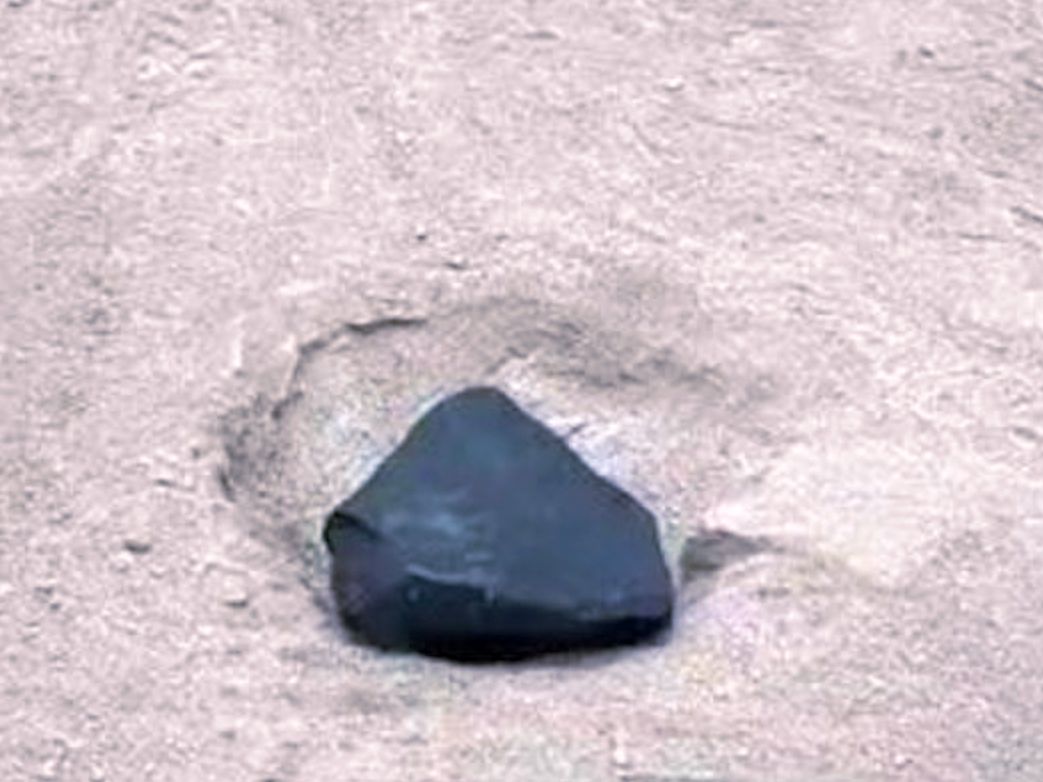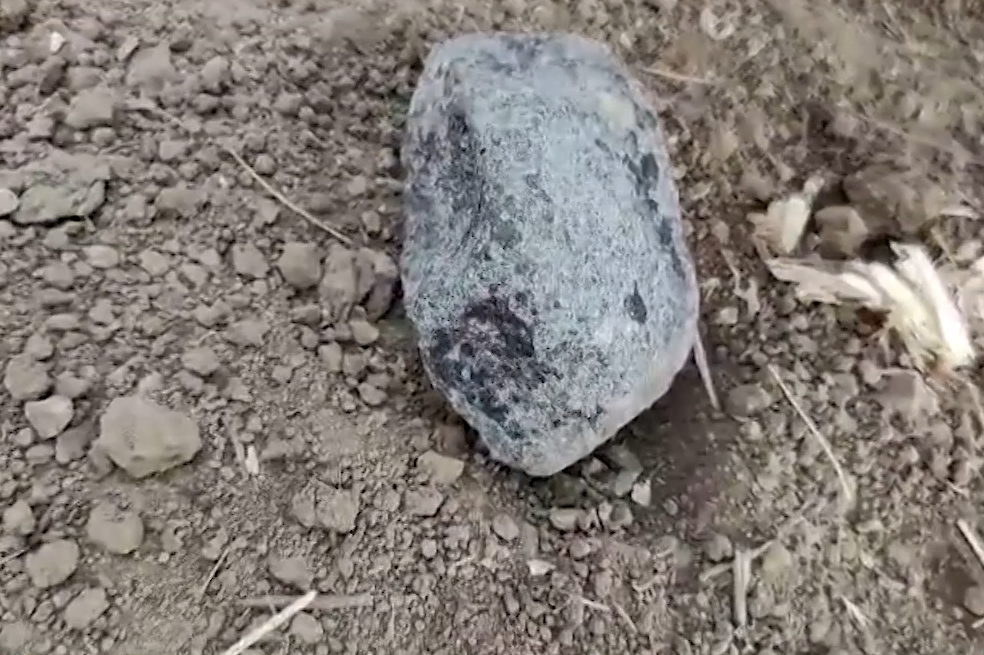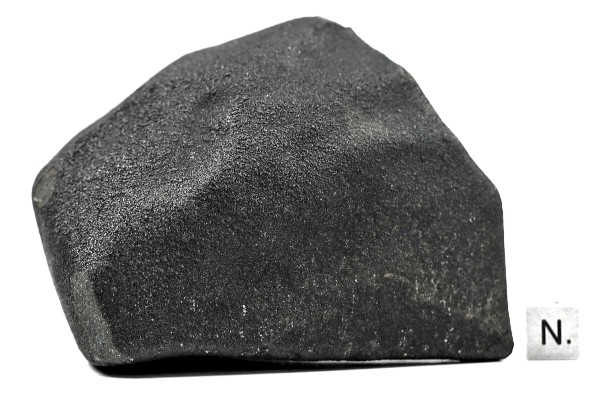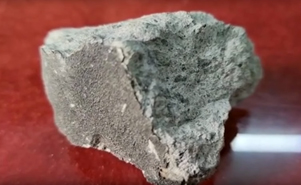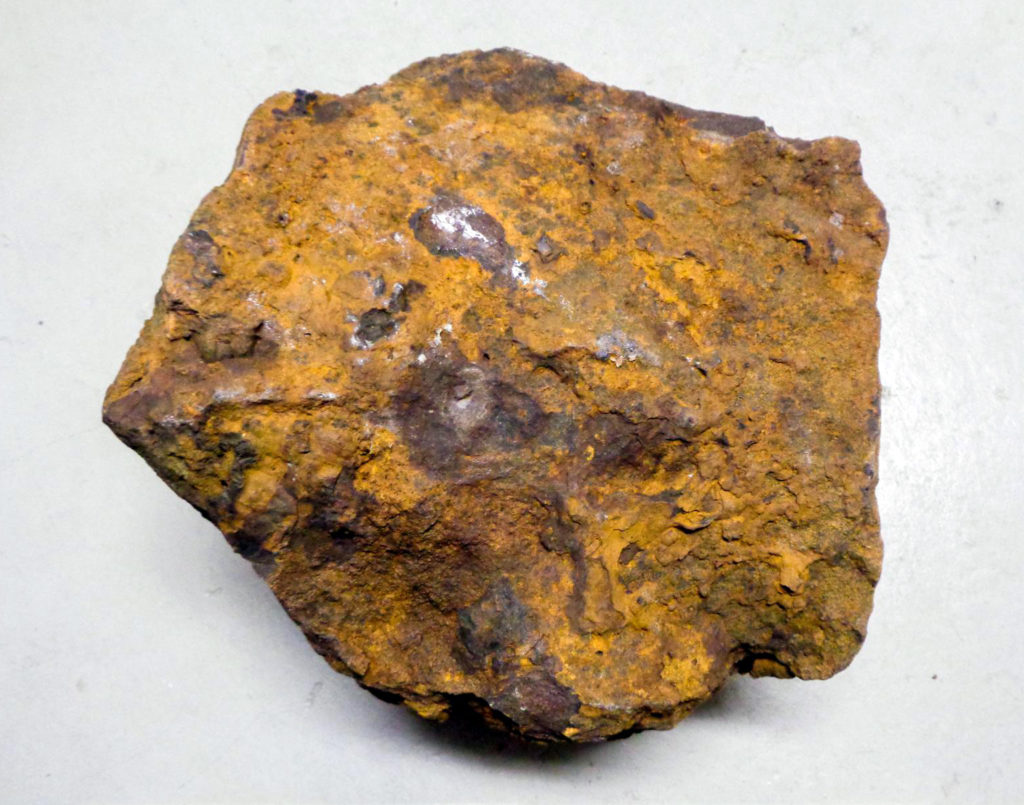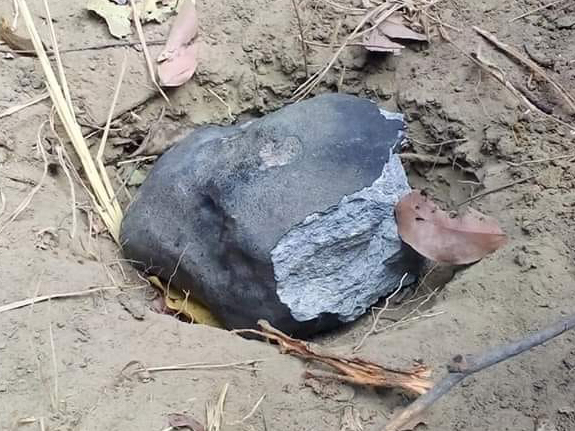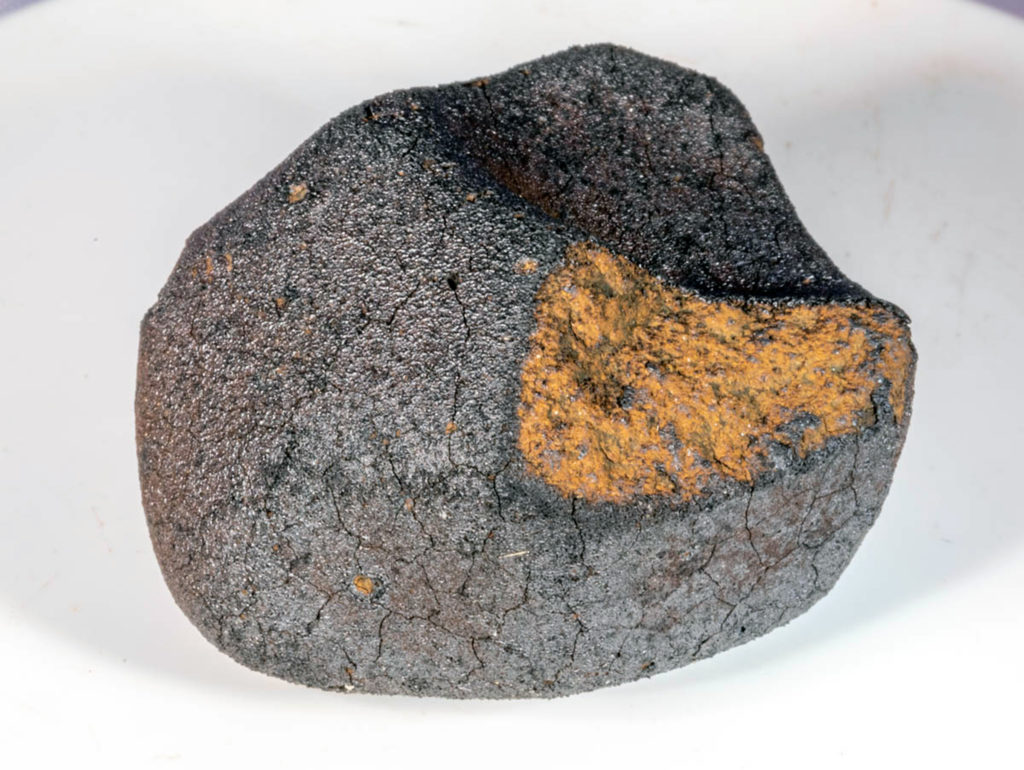The bright-field grinding tomography of coarse-grained calcium‑aluminum-rich inclusions in the Allende meteorite
Ryota Fukai, Yusuke Takeda, Yuki Masuda, Daiki Yamamoto, Yasuhiro Iba, Shintaro Sasaki, Shin Ikegami, Aya Kubota, Reo Sato, Tomohiro Usui
Icarus
Available online 12 May 2025, 116648
“Highlights
- We visualized 10 coarse-grained CAIs (CG-CAIs) of the Allende meteorite in a colorized 3D model with high spatial resolution.
- An angular-shaped CG-CAI’s surface indicates that this CAI was fragmented before accretion to the parent body.
- A vesicular-shaped CG-CAI indicates that the fracturing and complex formation process occurred before Wark-Lovering rim formation.
- The fragmentation of Allende CAIs occurred during the parent body accretion stage and in the protosolar disk.”
“The evolution associated with coagulation/fragmentation processes of dust to planetesimals in the protosolar disk is the critical phase of planet formation in the Solar System. The meteoritic components, such as calcium‑aluminum-rich inclusions (CAIs), will provide essential constraints on the coagulation/fragmentation process in the early stage of the disk. We applied the bright-field grinding tomography method to an Allende meteorite (CV3) slab to visualize the coarse-grained CAIs (CG-CAIs) in a colorized 3D model with high spatial resolution. We found four mm-scale CG-CAIs that experienced deformation and/or fragmentation processes within ~1.8 × 103 mm3 Allende slab. An angular-shaped CG-CAI’s surface showed the anisotropy of red-gray and white sides, which suggests that the fragmentation results in the loss of the primitive Wark-Lovering rim. We also found a vesicular-shaped CG-CAI, which indicates that the fracturing and complex formation process of this CG-CAI likely proceeded prior to the accretion of the Wark-Lovering rim. Our observations reveal that the fragmentation of Allende CAIs occurred during the parent body accretion stage and also in the protosolar disk.”

